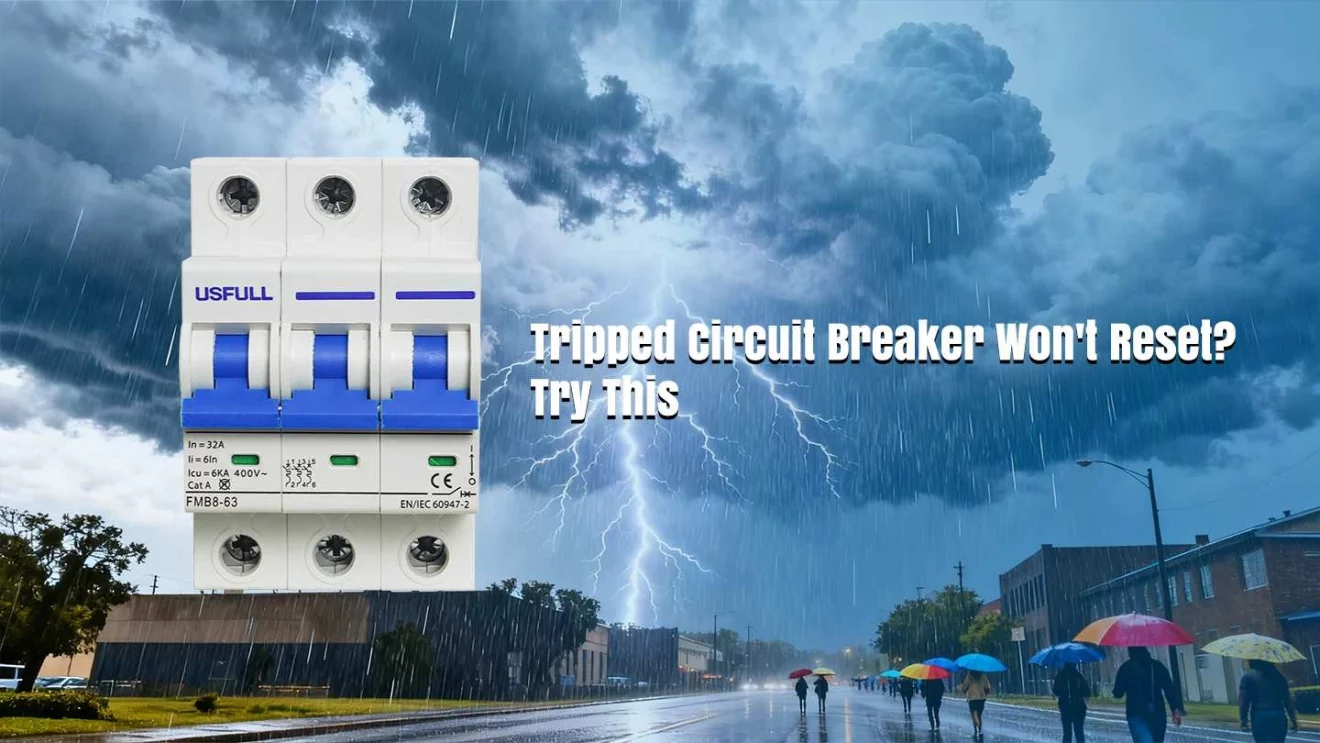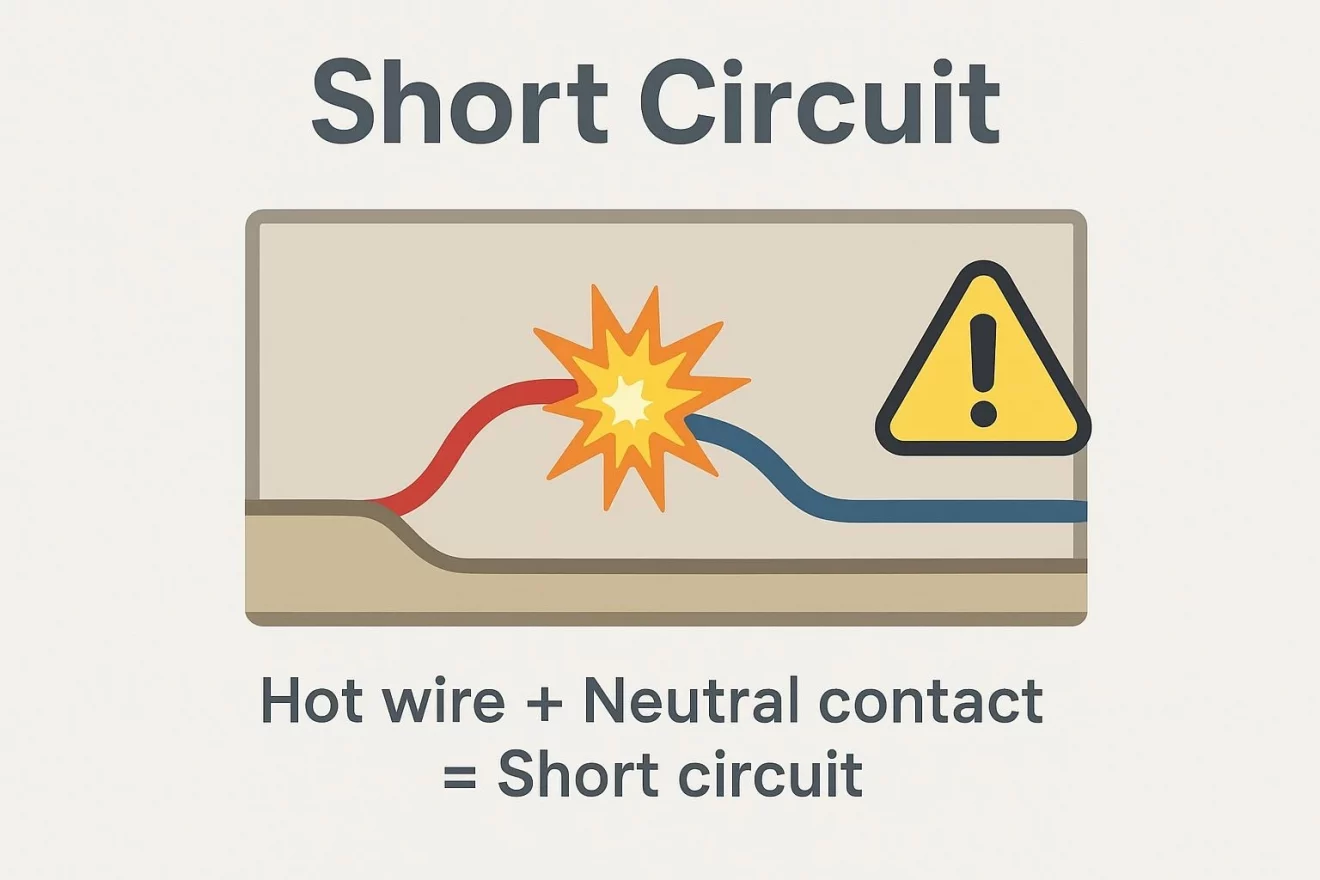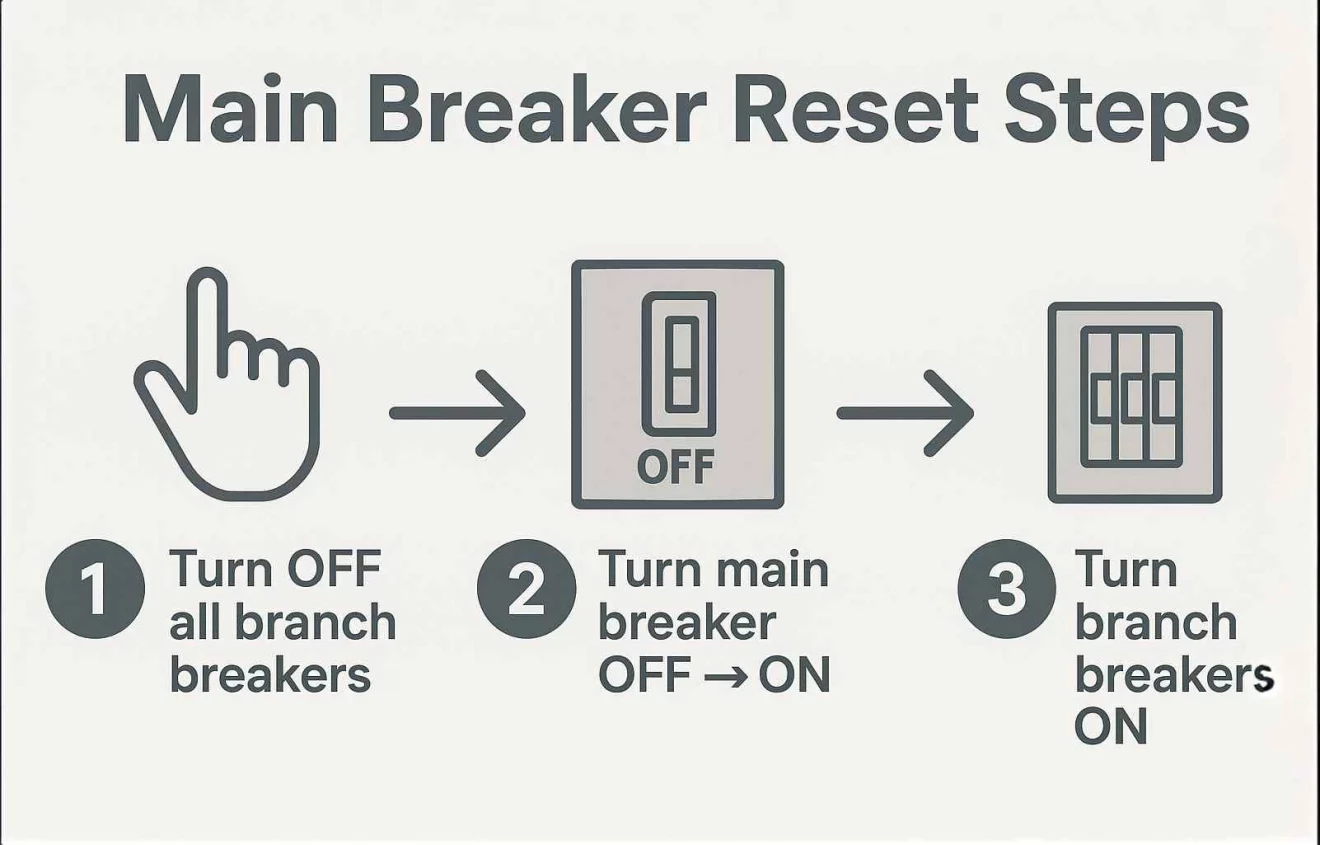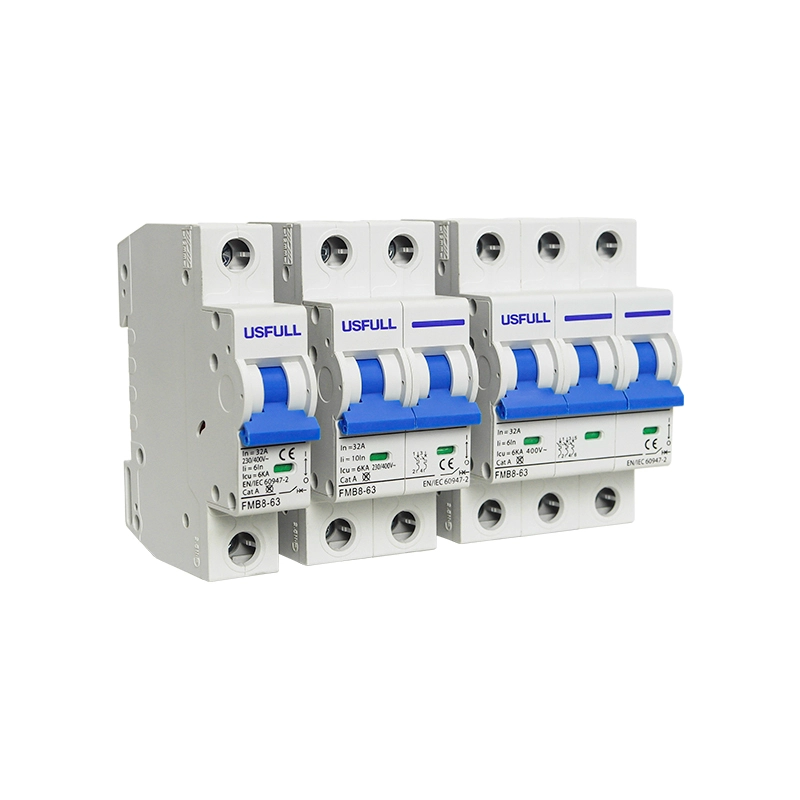When your circuit breaker refuses to reset, it can disrupt your entire day. Persistent tripping not only halts appliances but can signal serious electrical faults—sometimes leading to fire risks. Understanding the causes and following proper troubleshooting steps ensures both safety and efficiency.
If your circuit breaker won’t reset, first unplug devices to remove overloads, inspect for visible wiring damage, and check outlets. Persistent tripping often indicates deeper issues requiring professional help from a licensed electrician or Circuit Breaker manufacturer in China.
If the breaker still refuses to cooperate, let’s explore what’s happening behind the panel and what actions to take next.
Why Circuit Breakers Trip and Refuse to Reset
Circuit breakers are essential safety devices that protect your home or business electrical system. They automatically cut off electricity when they detect overloads, short circuits, or ground faults. When a breaker refuses to reset, it’s reacting to a persistent fault that hasn’t been resolved.
Common causes include:
Overloaded circuits – drawing too much current from a single line.
Short circuits – a direct connection between live and neutral or ground wires.
Ground faults – live wire contact with grounded surfaces or moisture.
Aging or faulty breakers – older or low-quality components losing sensitivity over time.
A reliable Circuit Breaker manufacturer ensures durable and responsive devices that trip accurately. However, even the best breaker can fail to reset when wiring or load problems persist.
Overloaded Circuit — The Most Frequent Culprit
Overloading occurs when too many appliances or high-wattage devices run on one circuit. This is the most common reason for a breaker circuit tripping and refusing to reset.
Imagine running a microwave, toaster, and coffee maker simultaneously on one kitchen circuit. The current draw exceeds capacity, triggering the breaker to protect the wiring. Resetting it without reducing the load will cause immediate retripping.
Solution:
Unplug several appliances and redistribute them across different outlets or circuits. If the breaker resets successfully, overloading was the issue. Consider upgrading your panel capacity or consulting a Circuit Breaker supplier to design circuits suitable for modern energy demand—especially in areas with high electrical loads like kitchens or workshops.
Short Circuit — A Hidden Hazard Behind Walls
A short circuit happens when a hot wire directly touches a neutral or ground wire, creating a low-resistance path and a sudden current spike. This fault generates heat and sparks, forcing the breaker to trip instantly.
Signs include:
Burnt smell near outlets or the panel
Scorch marks on plugs or sockets
Flickering lights or abrupt power loss
Short circuits often occur due to damaged insulation, loose connections, or pests chewing on cables. If your breaker keeps tripping even after unplugging everything, turn off power and call a licensed electrician immediately. Repeated tripping may indicate that the DC circuit breaker itself has internal damage and needs replacement.
High-quality dc breakers from reliable manufacturers reduce risk by ensuring consistent response time and robust insulation design.
Ground Fault — Especially Common in Damp Areas
Ground faults occur when a live conductor touches a grounded metal surface or moisture path, allowing electricity to escape. Bathrooms, kitchens, and outdoor circuits are particularly vulnerable.
If your breaker or Solar DC Circuit Breaker won’t reset, inspect nearby GFCI (Ground Fault Circuit Interrupter) outlets. These outlets automatically trip during a fault and must be reset before the main circuit breaker will function again.
Check for:
Moisture around outlets
Water intrusion into outdoor boxes
Damaged appliance cords
After drying and resetting the GFCI, try resetting the breaker again. If it still trips, a breaker dc unit with built-in leakage protection—commonly used in solar systems—may be necessary for additional safety. Consult a Circuit Breaker manufacturer in China that offers IP65-rated DC models suitable for humid or outdoor environments.
ging Breakers and Worn Panels
Over time, circuit breakers wear out. Springs weaken, contacts corrode, and mechanical parts lose precision. Older electrical panels, especially those installed decades ago, may not handle modern power loads effectively.
An aging breaker circuit may appear “stuck” or unable to reset because its internal mechanism is damaged. If your panel feels warm or shows rust and burn marks, replacement is overdue.
The best solution is upgrading your entire system using modern dc breakers or hybrid Solar DC Circuit Breakers designed for high efficiency and long service life. Reputable Circuit Breaker manufacturers provide industrial-grade options with extended lifespans, ensuring your protection system operates reliably.
Tripped Main Breaker — A Systemwide Warning
The main breaker controls power to your entire electrical system. If it trips and won’t reset, the problem could involve your main service line or internal wiring. Attempting repeated resets can be dangerous.
Before calling a professional:
Turn off all branch breakers.
Switch the main breaker fully OFF, then ON again.
Turn branch breakers on one by one to isolate the problem.
If the main breaker continues tripping, it could indicate a severe fault such as a short within the main bus bar or meter connection. Only licensed electricians or a Circuit Breaker supplier should inspect this level of issue.
Reliable Circuit Breaker manufacturers in China often design modular panels that simplify main breaker replacement while maintaining electrical safety and efficiency
Troubleshooting Steps Before Calling a Professional
Before seeking professional help, follow these steps to diagnose why your circuit breakers won’t reset:
Identify the affected breaker – It will be slightly out of alignment with others.
Unplug all devices on that circuit.
Inspect outlets and switches for signs of damage, heat, or burn marks.
Reset the breaker by pushing it fully OFF, then ON again.
Check GFCI outlets and reset them if tripped.
Reset the main breaker if individual ones still fail.
If the problem persists after all these steps, the issue may involve internal wiring or a faulty breaker itself. In that case, contact a qualified electrician or reach out to a Circuit Breaker manufacturer for technical evaluation or product replacement recommendations.





